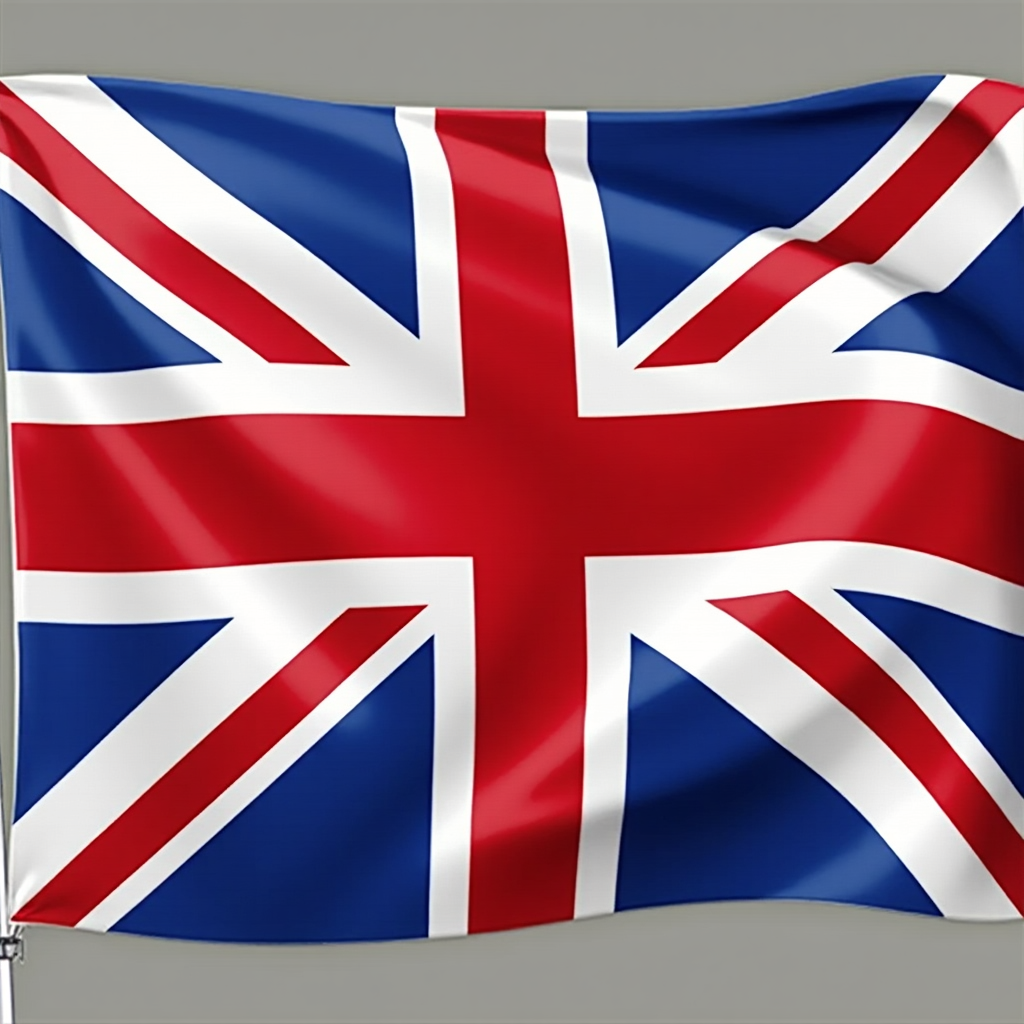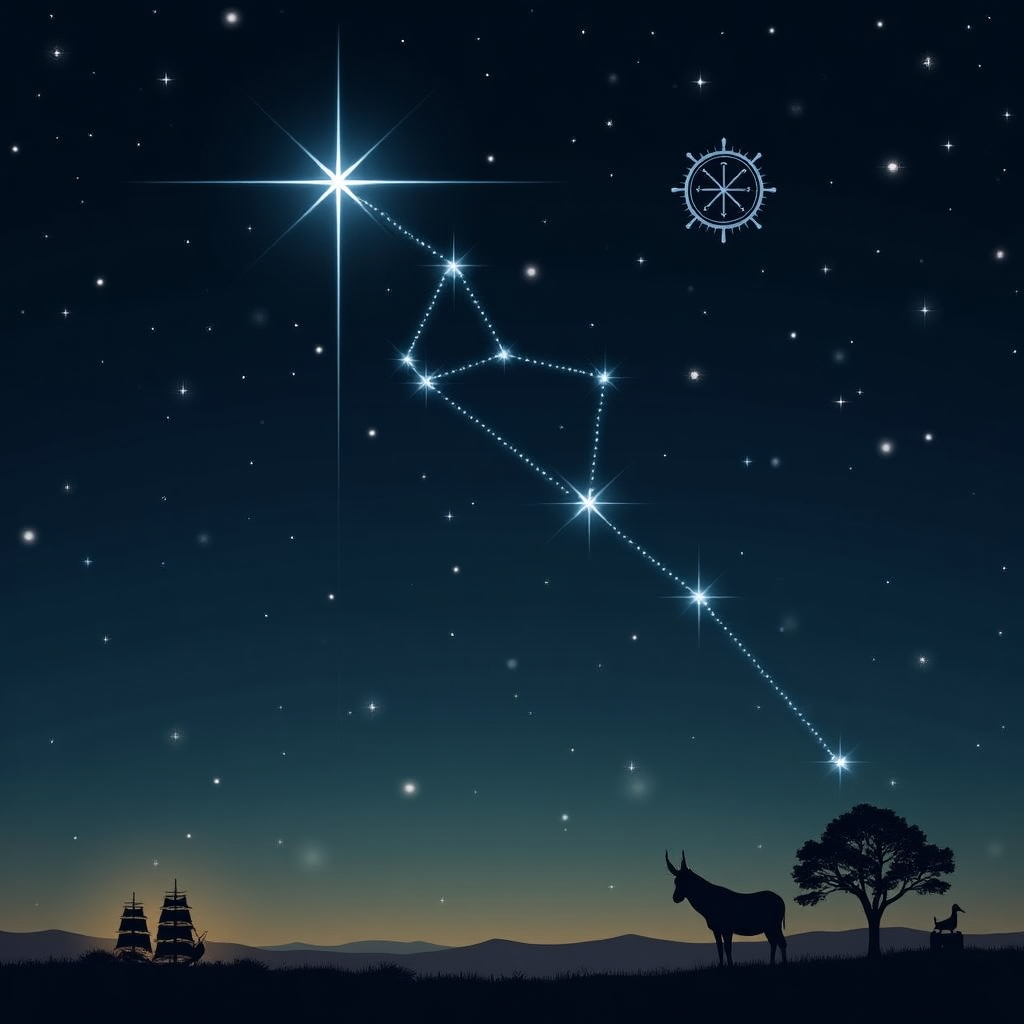People worldwide find it hard to tell the Australian and New Zealand flags apart. In fact, these two national symbols look so similar that they create confusion at international events.
The flags came from their shared British colonial past, but each one has its own unique elements that show different national identities. This piece explores the captivating story of both flags by looking at their origins, symbolism, and the current debates about what lies ahead for them.
Australia vs New Zealand Flag: Visual Comparison
|
Feature |
Australian Flag |
New Zealand Flag |
|---|---|---|
|
Stars on the Southern Cross |
5 white stars (Alpha Crucis is 7-pointed) |
4 red stars with white borders (all 5-pointed) |
|
Background Color |
Dark blue |
Dark blue |
|
Union Jack |
Upper left corner |
Upper left corner |
|
Star Color |
White |
Red with white borders |
|
Additional Elements |
Commonwealth Star (7-pointed) below Union Jack |
None |
Evolution of Australia and New Zealand Flags
![Explore the Story Behind Australian and New Zealand Flags [2025 Guide]](https://cdrelitewriters.com/wp-content/uploads/2025/01/Flag_of_Australia_converted.png)
Australian Flag
1901: Winning design selected following Federation and a public competition (announced Sept 3).
1903: King Edward VII approved two versions of the 1901 selected design
1908: The Commonwealth Star was changed from 6 points to 7 points (change gazetted 1909) to represent territories
1954: Formalised under the Flags Act 1953
![Hero Image for The Hidden Story Behind Australian and New Zealand Flags [2025 Guide]](https://cdrelitewriters.com/wp-content/uploads/2025/01/Flag_of_New_Zealand.png)
New Zealand Flag
1869: First distinctive New Zealand flag (Blue Ensign with NZ letters)
1902: The New Zealand Ensign Act 1901 (received Royal Assent March 1902, effective June 1902) officially declared the 1869 maritime flag design as the National Flag of New Zealand.
1981: Dimensions standardised (1:2 ratio)
2016: Flag referendum reaffirmed the current design
Decoding the Shared Elements
These national flags feature three distinctive elements that showcase their shared heritage and geographical location. The royal blue background stands out as their most important shared feature and represents the vast Pacific Ocean that surrounds both nations.
The Union Jack’s Significance

The Union Jack occupies the upper left quarter and serves as a powerful reminder of both nations’ British heritage. This element brings together three patron saints’ crosses: St. George’s red cross (England), St. Andrew’s white diagonal cross (Scotland), and St. Patrick’s red diagonal cross (Ireland).
Southern Cross Symbolism

Both flags display the Southern Cross constellation, though their designs differ noticeably. This celestial formation is a vital navigation tool that mariners have used for centuries. The constellation carries deep cultural significance:
Indigenous peoples see it as a symbol of their ancient stories and traditions
Maritime vessels used it to navigate the Pacific
Māori mythology refers to it as Māhutonga, an aperture in Te Ikaroa (the Milky Way)
Color Choices and Their Meanings
The Australian and New Zealand flags colors share technical similarities and differences in their color specifications:
Element | Australia | New Zealand |
|---|---|---|
Blue | Pantone 280C | Pantone 280C |
Red | Pantone 185C | Pantone 186C |
The royal blue background serves two purposes – it honors the Blue Squadron of the Royal Navy and symbolizes the surrounding ocean waters. The red in New Zealand’s stars reflects the country’s indigenous Māori heritage beautifully.
Distinctive National Identity Markers
The Australian and New Zealand flags look alike at first glance, but each has unique elements that make them stand out. Their national identity markers create the biggest difference between them.
Australia’s Commonwealth Star Story

The Commonwealth Star sits below the Union Jack on Australia’s flag and symbolizes the nation’s federal system. The star started with six points to represent the founding states. A seventh point was added in 1908 to represent Australian territories. This Federation Star appears on the Australian Defense Force badges and service medals.
New Zealand’s Māori Cultural Influence
The New Zealand flag reflects its Māori heritage through its colors. Red stars play a special role since red represents mana and high status in Māori tradition. The Southern Cross has deep roots in Māori culture. Their mythology calls it Māhutonga, which represents an opening in Te Ikaroa where storm winds escape.
Star Design Variations and Symbolism
Each flag’s star design creates its own visual identity:
| Feature | Australian Flag | New Zealand Flag |
|---|---|---|
| Star Count | Six stars total | Four stars |
| Star Points | Seven points (except small star) | Five points |
| Star Color | White | Red with white borders |
Australia’s Southern Cross features four large seven-pointed stars and one smaller five-pointed star. Their arrangement mirrors their brightness in the night sky. The British Admiralty later standardised the outer stars’ size and shape to make manufacturing easier. The number of stars on each flag is a key distinguishing factor, there are 6 Australia flag stars compared to 4 new zealand flag stars.
Modern Debates and Controversies of Australian vs New Zealand Flags
The last several years have seen intense debates about the flag similarity between Australia and New Zealand. New Zealand’s acting Prime Minister Winston Peters stirred things up in 2018. He said Australia had copied their national flag and asked Australia to create a new design.
The Flag Copying Dispute
The argument boils down to timing. New Zealand adopted its flag in 1902, which was by a lot earlier than Australia’s formal adoption in 1954. A New Zealand Herald poll showed 62% of people backed Peters’ call to get Australia to change its flag. This flag controversy highlights the ongoing debate about why New Zealand and Australia flag is same in appearance.
New Zealand’s 2016 Referendum
The biggest push to sort out flag-related issues happened during New Zealand’s two-stage referendum in 2015-2016. This complete process cost NZAUD 39.75 million. It included:
- Public consultation with 10,292 design submissions
- Selection of five finalist designs
- Two binding referendums to determine the outcome
The final referendum ended up with 56.6% of voters wanting to keep the existing flag, while 43.1% wanted change.
Contemporary Identity Questions
This ongoing flag debate brings up deeper questions about both countries’ national identity. The core issues are:
| Point of View | Arguments |
|---|---|
| Pro-Change | Questions colonial symbolism, seeks modern representation |
| Status Quo | Values historical significance, honors military heritage |
The Returned Services’ Association has always fought against flag changes. They say generations of service members have fought under the current design. Both nations still struggle to balance traditional symbolism with their evolving national identities.
Australia faces similar challenges. Talks about removing the Union Jack have grown stronger, especially since 44 out of 53 Commonwealth nations have already taken this symbol off their flags.
Conclusion
The story behind Australian vs New Zealand flags shows the rich tapestry of shared heritage, national identity, and changing aspirations. These flags often create flag confusion because they look so much alike, but each one carries unique flag elements that tell different national stories.
Frequently Asked Questions
1) Why do the Australian and New Zealand flags look similar?
The flags share a British colonial past but have unique elements showing different national identities. Both feature the Union Jack and the Southern Cross constellation.
2) What are the main differences between the Australian and New Zealand flags?
Australia’s flag has 5 white stars (one with 7 points) and a Commonwealth Star, while New Zealand’s flag has 4 red stars with white borders, all 5-pointed.
3) What is the significance of the Union Jack on both flags?
The Union Jack in the upper left corner symbolizes the British heritage of both nations, combining crosses of St. George, St. Andrew, and St. Patrick.
4) What was the outcome of New Zealand’s 2016 flag referendum?
In 2016, 56.6% of voters chose to keep the existing flag, while 43.1% wanted a new design, reaffirming the current flag’s design.



